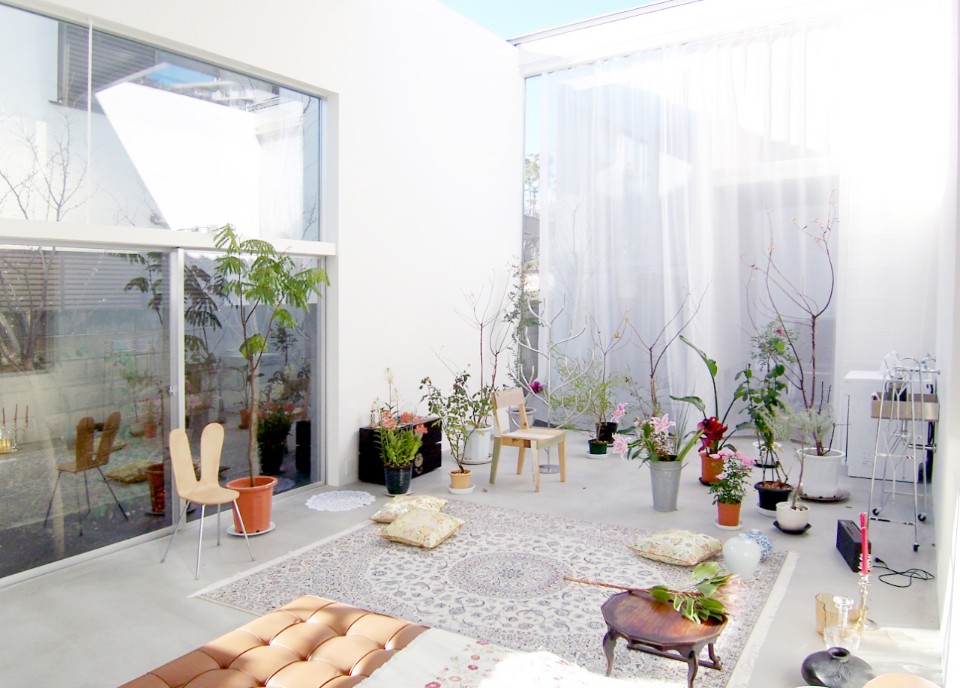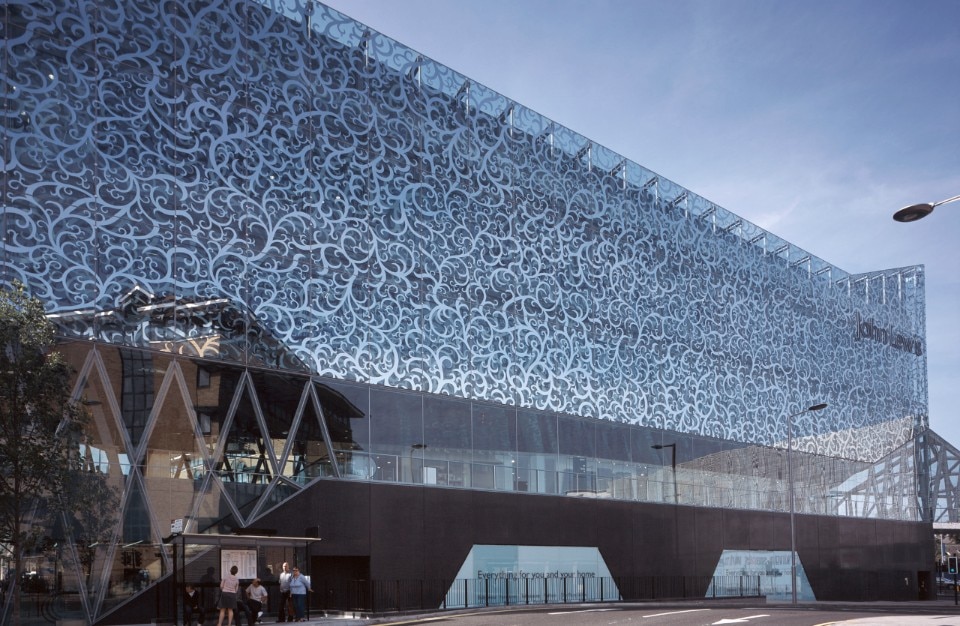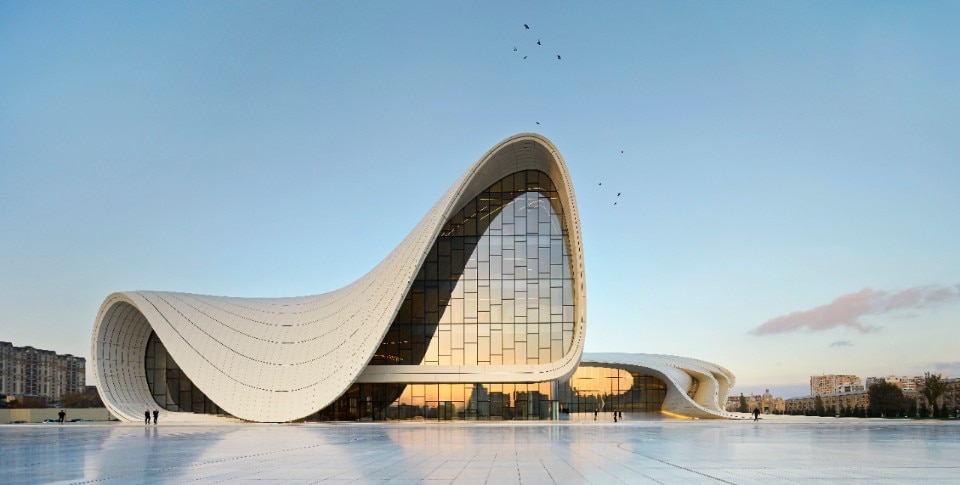This article was originally published on Domus 1072.
Buildings designed by architects must be seen. They must be looked at and admired. They beg to be photographed and publicised. They crave to be talked about. Insatiable in their vanity, more often than not they conceal a deficiency in some essential qualities. While they pander to concepts, concepts appear increasingly wilful and arbitrary. While they aspire to the comfort of ideologies, ideologies offer little purchase on ordinary reality. Must buildings acknowledging the demands for sensation be in turn deprived of intellect? Cannot the logic of sensation offer instead the basis for rethinking the architectural project and its tradition?
The plan – the old generator – lies still at the core of the architectural intelligence. Meanwhile, experience lingers in the outer province of the senses. What happens, though, when the plan, saddled with weak concepts and opaque, ineffectual theories, is in a profound sense absent? Deprived of intellectual justification, the whole corpus of architecture, with its tradition and its aspirations, becomes decorative. Its appearance is decorative, its plans are decorative, and its techniques are decorative. Even its exegesis – the elaborate string of words with which it is often dressed – is decorative. No architecture better represents this immanence of the decorative impulse than that of Zaha Hadid: drawing, structure, form and surface all cohere in a single, unitary logic of sensation.
Cannot the logic of sensation offer instead the basis for rethinking the architectural project and its tradition?
Seemingly rigorous and profound in its purpose, even the work of Kazuyo Sejima and Ryue Nishizawa is deceiving. Scratch the surface (the thinness of which should in itself give one pause to think) and decorative qualities shine forth. From without, openings contribute colourless, decorative compositions of gloss on matt. From within, objects from everyday life – rugs, modern chairs, flower pots, quilts – become parts in an elaborate décor behind which the body of the building recedes as if it were out of substance.

It is as if the art of inhabitation cultivated by Alison and Peter Smithson, an art that was originally inspired by the example of Japan, had taken root in its country of origin and produced a variant of the art of ikebana. Life itself has become an ornament. Thus in the 21st century Modernism comes to an end with a decorative flourish. So did classicism in the 18th century. From the 1720s onwards, rococo architects, for instance Ange-Jacques Gabriel, showed like Sejima and Nishizawa a marked preference for white which they applied upon surfaces as the lightest of colours. They stripped classical orders from facades, with composition being limited like in Sejima and Nishizawa’s work to the arrangement of openings.
Buildings gain in daring and they may still regain the enchantment that for centuries has been a primary quality of architecture.
Then like today, sensibility presided over an attitude of the mind that was in the main sceptical and critical. Nothing better represents this triumph of sensation in the 18th century than the apogee of lace in the same period. Until then, lacemaking had been limited to the cuffs, collars and ruffs that flowed out and over darker items of clothing, creating around the neck and wrists “visual and quasi-musical transitions between body, fabric and space”. It wasn’t long before lace started to cover entire garments and even became a material for dresses themselves. It overlaid altars, tabernacles and the clothes of priests. In short, it became the attribute of choice for everything that was most lovable, erotic and sacred. In the more recent past, three architecture projects have referred to lace, two of them directly.

Adjoining the old town centre of Bruges, a Belgian city once famous for its lacemaking, the 1998 competition design for a concert hall by Neutelings Riedijk was to be clad with an “abstract openwork decorative pattern” – all terms that are commonly applied to lace. In Nottingham, another centre of lacemaking in the Midlands of England, the Nottingham Contemporary art gallery designed by Caruso St John (completed in 2009) has been draped with “a coat of lace”. Not too far away in Leicester, which was once well-known for its textile industry, the curtain wall of the new John Lewis department store (finished in 2008) was designed by Foreign Office Architects to perform in the manner of “lace curtains”.
In all three instances, the ornament is sober, delicate and complex, and the architects clearly took pleasure in something akin to “the indistinct play of little forms full of vivacity” that has been attributed to lace. This is precisely the kind of aesthetic sensation that was described by Benoît Mandelbrot, the Polish-born mathematician who is universally acknowledged as the inventor of fractal geometry. In a little-known article on architecture (which is surely one of the very few written by a mathematician), Mandelbrot defines “an aesthetic of scale”. He distinguishes between “scalebound objects”, in which only few elements, say columns, beams and mullions, each have a distinct size, from “scaling objects”, objects in which a great many different elements are present and have every imaginable size.
In scaling objects, Mandelbrot writes, “there are so many different scales, and their harmonics are so interlaced and interact so confusingly that they are not really distinct from each other, but merge into a continuum”. Few people are better trained in this aesthetic than lacemakers – the creators of “little forms full of vivacity”. Like scaling objects, lace exhibits many different scales that come in and out of focus. Its ground – to use the technical term – consists of units that can be round, square or hexagonal, made with the looping, plaiting and twisting of threads. This ground is sometimes scattered with leaves (decorative stitches resembling grains of wheat) or covered with neige (a secondary ground of spots resembling snow). Motifs or fillings then appear above it, distinct from the repeating motifs of the design proper. Ground and fillings are built at the same time in a virtuoso play that not even the lacemakers can analyse. Not satisfied with mere complexity, this virtuosity tends towards the infinitely small, digesting all motifs, whether they are abstract or figurative, into the manifold of its texture. There is in contemporary architecture a comparable aesthetic interest: in the impression made upon the eye by the intricacy of patterns and the textural quality of materials.

It is manifest, for instance, in the patterned dome designed by Jean Nouvel for the Abu Dhabi Louvre Museum (completed in 2017) in which eight scaling metal layers overlap to contribute shade and a dappled light. It is also in evidence in the heavily rusticated walls of the new building for the Royal College of Art in Battersea, London (opened in 2021), in which Herzog & de Meuron used brick as a three-dimensional medium. But the emotive quality of sensation is now so reduced as to seem almost non-existent. Where is Eros? Where is Thanatos?
Emotion survives, but only just, in accessories to the financial compositions of commercial development, in the sensational icons that sometimes embellish the skylines of our cities, and in luxurious claddings pinned onto the tight corset of regulations. It engages us in feats that are worthy of an architectural Guinness World Records. Striking patterns and textures never before seen on the fashionable streets of New York, Milan and Tokyo excite our curiosity. Buildings gain considerably in daring, arguably for the better, and they may still regain the enchantment that for centuries has been a primary quality of architecture.


